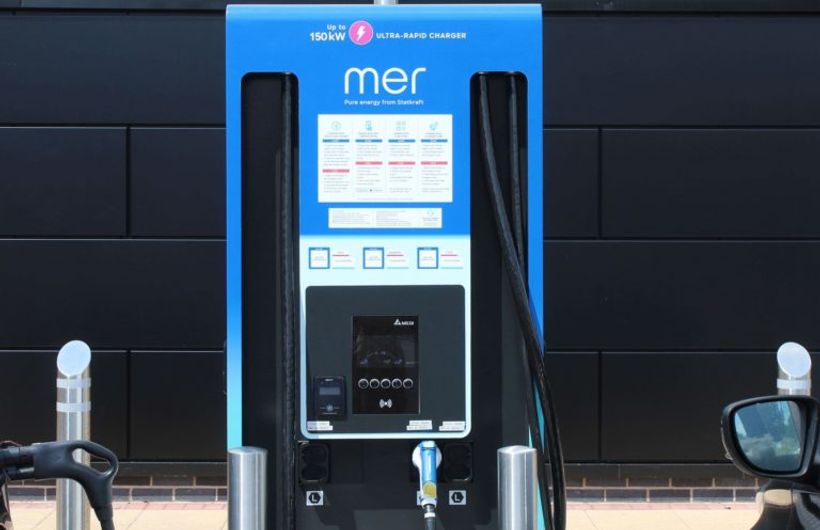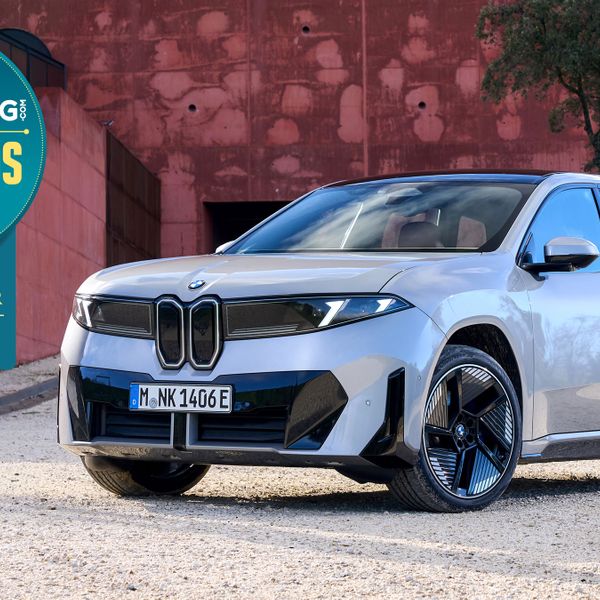Public DC chargers can deliver vastly more power to the battery than a domestic connection. For example, while your house can deliver 7kW, some DC chargers can deliver up to 350kW - 50 times more!
But here’s where it gets a bit complicated (again). You might reasonably think that plugging in to a 350kW charger will allow you to charge your car 50 times faster than if you plugged into your home wallbox. Unfortunately, it’s not quite as simple as that. All electric cars limit the amount of power that can be fed into the batteries. Recharging creates heat in the cells, and too much heat can potentially damage the battery. To maintain battery health, electric cars carefully manage the flow of power from the charger to the battery pack.
Let’s look at an example. The Citroen eC4 or eC4X, comes with a DC rapid charging maximum of 100kW. If you plug in to a 50kW DC rapid charger, then the level of charge is limited by the charger and you’ll only get 50kW maximum. Plug in to a 125kW charger or faster and the car will limit the incoming power to 100kW.
Also bear in mind that the power delivery from a rapid charger varies during the charging session. This is to protect the battery from getting too hot. When the battery has reached 80% capacity, the car draws far less power as it prepares to ‘top up’ the last remaining cells. It’s a bit like pouring a cup of tea - you ease off the flow as you reach the top of the cup.
Another factor that can affect your charging times is air temperature. Electric car batteries work at all temperatures, but like us, they perform at their best when they are warm. If a battery pack is too cold or too hot, the chemical reactions within the cells don’t happen as efficiently. This means that that a cold pack or a hot pack will take longer to charge.
Fortunately, modern battery management systems and heat pumps such as the ones Citroen fits to its eC4 and eC4X models, means that the car can keep the battery pack in the ‘goldilocks’ zone of temperature.
![]() Rapid chargers come with a variety of speeds but your car will limit the level of power it can charge at
Rapid chargers come with a variety of speeds but your car will limit the level of power it can charge at  The built in charger limits the speed at which AC inputs can be converted to the DC needed to charge the battery
The built in charger limits the speed at which AC inputs can be converted to the DC needed to charge the battery 












